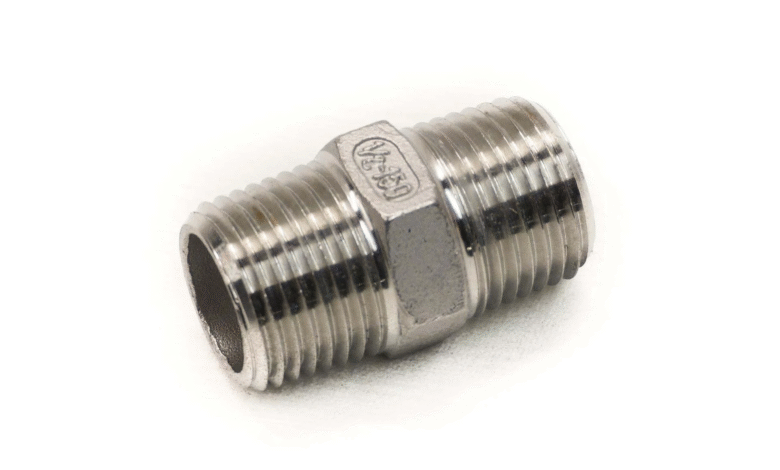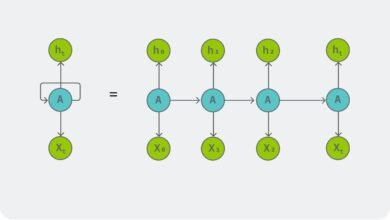NPT vs MIP: Understanding Pipe Thread Types for Your Projects

Introduction
Choosing the right pipe thread can make or break your plumbing, gas, or hydraulic project. Two of the most commonly used threaded connections are NPT (National Pipe Thread) and MIP (Male Iron Pipe), but understanding when to use each type isn’t always straightforward.
Both npt vs mip threads serve critical roles in creating secure, leak-proof connections in piping systems. However, they have distinct characteristics that make them suitable for different applications. NPT threads are tapered and designed to create a seal through thread interference, while MIP refers specifically to the male portion of an iron pipe thread system.
Making the wrong choice between these thread types can result in leaks, connection failures, or compatibility issues that could compromise your entire system. This guide will help you understand the fundamental differences between npt vs mip threads, their specific applications, and how to select the right option for your needs.
What is NPT (National Pipe Thread)?
National Pipe Thread (NPT) is a standardized thread specification developed in the United States for threaded pipes and fittings. NPT threads are tapered, meaning they gradually decrease in diameter along the length of the thread. This taper creates a wedging action that forms a tight seal when the male and female components are threaded together.
The taper rate for NPT threads is standardized at 1 inch of diameter reduction per 16 inches of length (1:16 ratio). This design allows the threads to compress together as they’re tightened, creating both a mechanical connection and a seal. NPT threads are cut at a 60-degree angle and follow specific pitch requirements based on the pipe diameter.
NPT connections require thread sealant or tape to achieve a completely leak-proof seal. The tapered design means that the threads don’t bottom out in the fitting, and the seal is created by the interference between the male and female threads rather than by a gasket or O-ring.
What is MIP (Male Iron Pipe)?
Male Iron Pipe (MIP) refers to the external threads on a pipe or fitting that are designed to screw into a female threaded connection. MIP is not a thread specification itself, but rather a designation that describes the gender and application of the threaded connection. MIP threads typically follow NPT specifications, making them tapered and compatible with NPT female fittings.
The term “iron pipe” is somewhat misleading, as MIP threads are used on pipes and fittings made from various materials including steel, brass, PVC, and other plastics. The designation comes from the early days of plumbing when iron pipes were predominantly used in water and gas systems.
MIP fittings are commonly found on water heaters, gas appliances, pumps, and various plumbing fixtures. They provide a reliable connection method for joining pipes to equipment or transitioning between different pipe materials or sizes.
Key Differences Between NPT and MIP
The primary difference between NPT and MIP lies in their classification and scope. NPT is a complete thread specification that defines both male and female threaded connections, while MIP specifically refers to the male portion of a threaded pipe connection.
Thread Design: NPT encompasses both male and female threads with standardized taper, pitch, and angle specifications. MIP threads generally follow NPT standards but specifically describe the external threading on pipes and fittings.
Application Scope: NPT is used to specify thread requirements for entire piping systems, including both connection points. MIP is used when describing the male end of a connection, often in relation to appliances or equipment connections.
Compatibility: MIP threads are typically compatible with NPT female threads since they follow the same specifications. However, it’s important to verify thread pitch and size compatibility before making connections.
Sealing Requirements: Both NPT and MIP connections require thread sealant or PTFE tape to achieve leak-proof seals, as neither relies on gaskets or O-rings for primary sealing.
Applications of NPT
NPT threads are widely used across multiple industries due to their reliable sealing characteristics and standardized specifications. In residential and commercial plumbing systems, NPT connections are common in water supply lines, drain systems, and fixture connections.
The oil and gas industry relies heavily on NPT threads for pipeline connections, wellhead equipment, and processing facilities. The tapered design provides excellent sealing capabilities under high pressure and temperature conditions.
Industrial applications include hydraulic systems, pneumatic equipment, and process piping. NPT threads are particularly valuable in systems where vibration or thermal expansion could compromise other connection types.
Fire protection systems use NPT threads for sprinkler connections, standpipe systems, and fire pump installations. The reliable sealing characteristics are critical for maintaining system pressure and ensuring proper operation during emergencies.
Applications of MIP
MIP connections are commonly found in residential water heater installations, where the male threads on the heater connect to female NPT fittings in the water supply lines. This application requires reliable sealing to prevent water damage and maintain system pressure.
Gas appliances frequently use MIP connections for natural gas and propane supply lines. The male threads on appliances connect to female gas line fittings, creating secure connections that meet safety requirements for gas distribution systems.
Pool and spa equipment often incorporates MIP threads on pumps, heaters, and filtration equipment. These connections must withstand chemical exposure and temperature variations while maintaining leak-free operation.
Industrial equipment such as air compressors, pressure tanks, and process equipment utilize MIP connections for fluid and gas supply lines. The standardized threading allows for easy maintenance and component replacement.
Advantages and Disadvantages of Each
NPT threads offer several advantages including excellent sealing capabilities, standardized specifications, and wide availability of compatible fittings. The tapered design creates reliable connections that can withstand high pressures and temperature variations. NPT threads are also relatively easy to assemble with basic tools and don’t require specialized equipment.
However, NPT connections have some disadvantages. They require thread sealant or tape to achieve proper sealing, which adds time and material costs to installations. The tapered design also means that overtightening can damage threads or crack fittings, particularly with brittle materials like cast iron or certain plastics.
MIP connections share many of the same advantages as NPT threads since they typically follow the same specifications. They provide reliable connections for equipment and appliances while maintaining compatibility with standard NPT female fittings.
The main disadvantage of MIP connections is the potential for confusion about thread specifications. Since MIP is a gender designation rather than a complete thread specification, it’s important to verify the actual thread type and size to ensure proper compatibility.
Real-world Examples
A residential water heater installation demonstrates typical MIP usage. The water heater has MIP threads on both the cold water inlet and hot water outlet. These connect to female NPT fittings on the home’s copper or PEX supply lines using appropriate transition fittings and thread sealant.
In commercial buildings, NPT threads are used throughout the fire sprinkler system. The main supply lines, branch lines, and individual sprinkler heads all use NPT connections to ensure reliable sealing under system pressure. Regular inspection and maintenance verify that connections remain tight and leak-free.
Industrial process plants rely on NPT threads for steam, compressed air, and chemical process lines. A steam distribution system might use NPT threads ranging from 1/2-inch for individual equipment connections up to 4-inch for main distribution headers. Each connection requires proper thread sealant application and torque specifications to prevent leaks.
Gas service installations use MIP connections at appliance locations. A commercial kitchen might have gas ranges, ovens, and fryers with MIP inlet connections that mate with the building’s NPT female gas supply fittings.
Frequently Asked Questions
Are NPT and MIP threads interchangeable?
MIP threads are typically compatible with NPT female threads since they usually follow the same specifications. However, you should always verify thread size, pitch, and taper specifications before making connections to ensure proper fit and sealing.
Do I need thread sealant for both NPT and MIP connections?
Yes, both NPT and MIP connections require thread sealant or PTFE tape to achieve leak-proof seals. The tapered thread design creates the mechanical connection, but sealant is necessary to fill any gaps and prevent fluid or gas leakage.
How do I identify NPT vs MIP threads?
NPT refers to the complete thread specification and can describe both male and female threads. MIP specifically refers to male (external) threads on pipes or fittings. You can identify the thread type by measuring the diameter and pitch, then comparing to standard NPT specifications.
Can I use NPT fittings with metric threads?
No, NPT threads are not compatible with metric thread systems. Metric threads have different pitch, angle, and taper specifications that won’t properly mate with NPT threads. Always use matching thread types for reliable connections.
What’s the difference between NPT and NPTF threads?
NPTF (National Pipe Thread Fuel) threads have tighter tolerances than standard NPT threads and are designed to seal without thread sealant. NPT threads require sealant or tape, while NPTF threads create a mechanical seal through thread interference alone.
Making the Right Choice for Your Project
Understanding the differences between NPT and MIP threads is essential for creating reliable, leak-free connections in any piping system. While MIP threads typically follow NPT specifications, knowing when and how to use each designation helps ensure proper component selection and installation success.
Remember that thread sealant or PTFE tape is crucial for both connection types, and proper torque application prevents damage while ensuring adequate sealing. When in doubt, consult manufacturer specifications and local codes to verify the appropriate thread type for your specific application.
Whether you’re working on a residential plumbing project or an industrial installation, taking time to understand these threading fundamentals will help you avoid costly mistakes and ensure long-lasting, reliable connections throughout your system.



